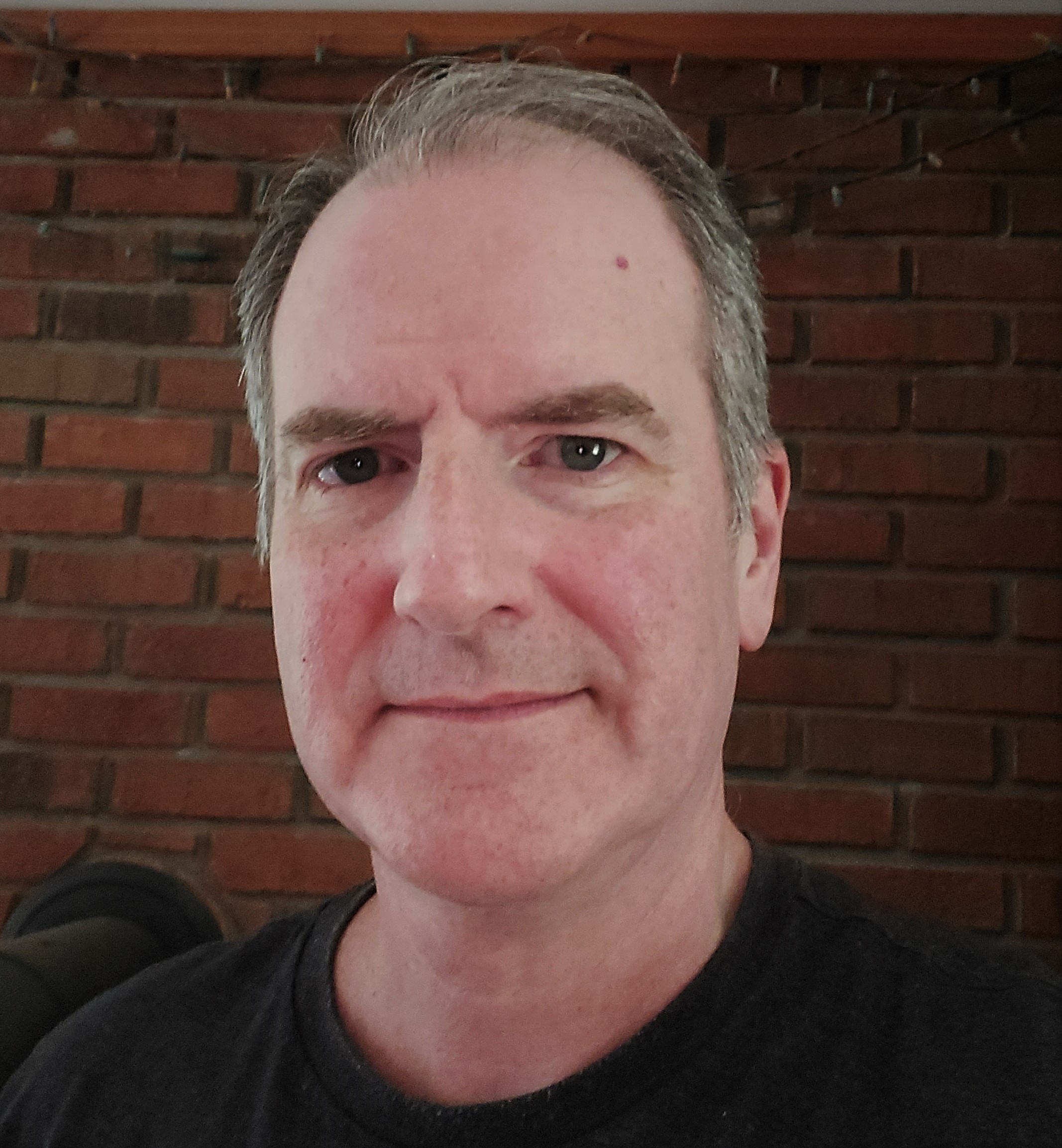Searching for a job these days can be overwhelming. There’s so much to do! That’s why many job seekers are now using ChatGPT to generate their cover letters.
However, there are some common mistakes you need to avoid when using ChatGPT. This guide will help you use this free tool to generate a cover letter that’s a good start for your job search.
Just follow the seven simple steps below and you’ll have a good cover letter in no time!
What is ChatGPT and how does it write a cover letter?
ChatGPT is an artificial intelligence-based tool developed by OpenAI and launched in November 2022.
ChatGPT works by using natural language processing (NLP) technology to understand what you are trying to write. It then suggests words and sentences you can use to complete your writing.
To use ChatGPT, you first have to provide it with a prompt. A prompt is a form of instruction that tells ChatGPT what to do and how to respond.
The prompt is crucial when using ChatGPT. This is because it provides context and guidance for the model to generate a relevant response.
Without a good prompt, ChatGPT will return a vague and generic response.
How to use ChatGPT to write your cover letter
Even if you’ve never used ChatGPT before and aren’t sure how it works, you can quickly generate a cover letter by following the seven steps below.
If you want an even simpler way to do this, use our automatic cover letter generator. It goes through all seven of these steps within seconds and takes the guesswork out of the whole process.
Watch this brief video to see how it works:

Step 1 – Sign up for ChatGPT
Signing up for ChatGPT is super easy. Go to chat.OpenAi.com and register for an account with an email address, or a Google or Microsoft account.
You’ll then be taken to the homepage, which looks like this:

The chat bar at the bottom of the screen is where you type in your prompts.
Now that you’ve seen how easy it is to set up ChatGPT, let’s start using it to write your cover letter!
Step 2 – Begin your prompt
To get started, tell ChatGPT that you need a cover letter. You can also provide some basic information about the job you’re applying for and what you’d like to emphasize in your cover letter.
Here’s an example:

You don’t have to provide too much detail about yourself in the opening portion of your prompt.
That’s the next step!
Step 3 – Provide ChatGPT with a short bio
It’s time to give ChatGPT a little more information about yourself. This will help personalize the cover letter to highlight your unique skills and experience.
Here are some basic pieces of information you should include in your bio:
- Your name – Start with your full name.
- Your contact information – Then include your email address, phone number, and address (city and state are fine).
- Your professional experience – Summarize the positions you’ve held, the companies you’ve worked for, and any notable accomplishments.
- Your education – Include your degrees and the institutions you’ve attended.
- Your skills and qualifications – Focus on those that are relevant to the job you’re applying for.
Write your short bio directly into the chat bar following your opening paragraph.
Step 4 – Paste in the job description
Now you need to provide ChatGPT with more information about the job you’re applying for.
To do this, simply paste the job description into your prompt, right after your short bio.
The job description will help ChatGPT generate a cover letter that is more ATS-friendly.
ATS stands for “Applicant Tracking System”. This is computer software that most companies use nowadays to help them manage the hiring process.
When you submit your job application it typically goes directly into an ATS database. Hiring managers then search for suitable candidates by typing keywords into the ATS search bar.
These keywords are related to the job and can include job titles, skills, responsibilities, personal attributes, education level, and more.
Pro Tip: To generate new lines in ChatGPT without hitting the Enter key (which tells ChatGPT to start generating content) just press the Shift + Enter keys at the same time.
Where do you find these keywords? In the job description! That’s why you should include it in your prompt.
When you add the job description, you can include the following sentence:
“Please make sure the cover letter includes the relevant keywords and phrases from this job description to make it ATS-friendly.”
This will prompt ChatGPT to generate a cover letter that is tailored to the specific job description and optimized for the ATS.
Step 5 – Paste your resume into ChatGPT
The final piece of your prompt should be your resume, which is full of details about your skills, experience, and qualifications.
Just copy and paste the text of your resume into the prompt.
You may want to explain to ChatGPT that you’re including your resume to help it generate a more personalized cover letter.
For example, you could say,
“I’m also including my resume for reference [paste resume here]. I want to highlight my experience in developing and executing successful marketing campaigns and showcase my ability to work collaboratively with cross-functional teams.”
You can do ALL of this automatically with Jobscan’s new AI-powered cover letter generator.
With this tool, you won’t have to worry about writing prompts because they’ve already been engineered into the software.
Jobcan’s prompts incorporate your resume and the job description to generate a highly personalized cover letter for you with just one click!
Step 6 – Hit the “Enter” key
Once you’ve included all the necessary information in your prompt, it’s time to generate your cover letter!
All you need to do is hit the “enter” key, and ChatGPT will generate a unique and customized cover letter for you.
It should look something like this:

But you’re not done yet!
Step 7 – Fine-tune your ChatGPT cover letter
ChatGPT is a great tool for generating a first draft, but you still need to take the time to review, edit, and fine-tune it.
You’re not only looking for factual errors and grammatical mistakes, but also to make sure that your cover letter reflects your unique skills, experiences, and personality.
As powerful as ChatGPT is, the content it produces can sometimes sound a bit impersonal.
“As an applicant, you want to stand out from the crowd,” says Bonnie Dilber, recruiting manager at Zapier. “A lot of people are using ChatGPT so if you simply submit what it creates, it’s likely your resume and cover letter will be the same as everyone else.”
Here are some tips for making sure your cover letter has enough YOU in it.
- Customize the opening – First impressions are key! Take the time to add a little personality to the beginning of your cover letter.
- Make sure your cover letter matches the job description – Re-read the job description to confirm that your letter features the most important skills and requirements for the position.
- Emphasize your unique skills and experiences – Your letter should show why you’re the best candidate for the job.
- Make it clear and easy to read – Keep your cover letter concise and to the point. Employers receive lots of applications, so make yours easy to read.
- Adjust the tone if necessary – Formal is appropriate for a corporate setting, while casual might work best for a small start-up.
- Review for errors and typos – Use grammar checking and proofreading tools to check your work.
You can also try different prompts when fine-tuning your first draft to make it more personalized and targeted.
For example, you might ask ChatGPT to rewrite your cover letter with more emphasis on your industry experience, your technical skills, or your key qualifications.
As you work on your cover letter, feel free to create multiple versions of it (make sure to copy and paste them into another document).
There are two advantages to creating multiple versions of your letter:
- You can combine the best parts of each version to create the perfect cover letter.
- You’ll get better at using ChatGPT. Remember, the more detailed and specific the prompt, the better the result.
Creating prompts is a skill. Like any skill, it can be learned and improved by practice, practice, practice!
Should I use AI in my job search?
Artificial intelligence tools can streamline your job search in many ways.
They can help you create a resume, write a cover letter, optimize your LinkedIn profile, and craft emails that are tailored to a specific job opening or company.
AI can also help you find job opportunities that match your skills, qualifications, experience, and preferences. This can make your job search faster and more efficient.
Jobscan’s resume scanner uses AI technology to show you which skills to include on your resume based on the job you’re applying for.
And we recently added a new feature that uses GPT-4, the same technology ChatGPT is based on, to generate a personalized cover letter for you.
Key Takeaways
ChatGPT is an AI-based tool developed by OpenAI that can be used to generate a cover letter.
The key to using ChatGPT successfully is to create clear, detailed prompts. These prompts should incorporate your resume and the description of the job you’re applying for.
The cover letter that ChatGPT generates should be considered a first draft.
You’ll still need to spend time editing and fine-tuning it to make sure it reflects your unique skills, experiences, and personality.
You can do all this manually, or you can automate the entire process using Jobscan’s cover letter generator.
Powered by AI technology, Jobscan uses industry best practices to create cover letters that will get you more job interviews. It does this by….
- Analyzing both your resume and the job description.
- Tailoring each letter to the specific job you’re applying for.
- Focusing only on the skills you have listed on your resume.
- Featuring your most relevant accomplishments and measurable results.
- Creating a cover letter that is keyword-rich and ATS-friendly.
- Organizing all your cover letters in one place for easy access.
As with any AI tool, we recommend that you still take the time to review and customize it before sending it off.
With Jobscan’s cover letter generator, you’ll be able to get a quality cover letter while avoiding many of the mistakes others make by doing it alone.
More expert insights on this topic:




















